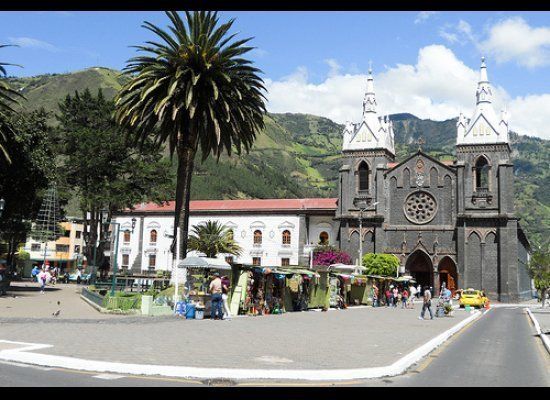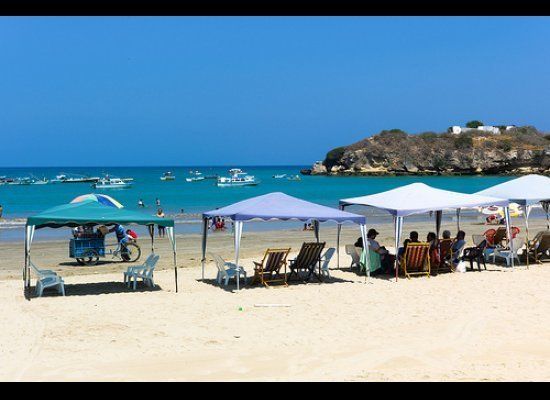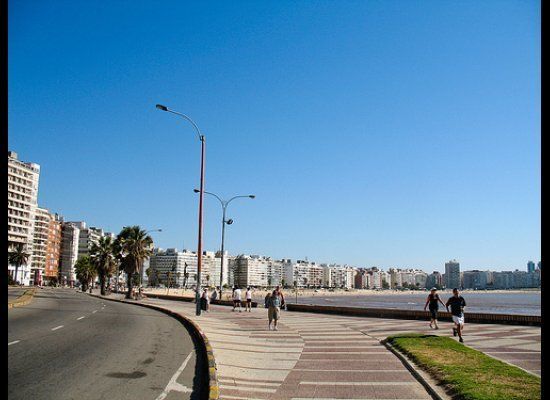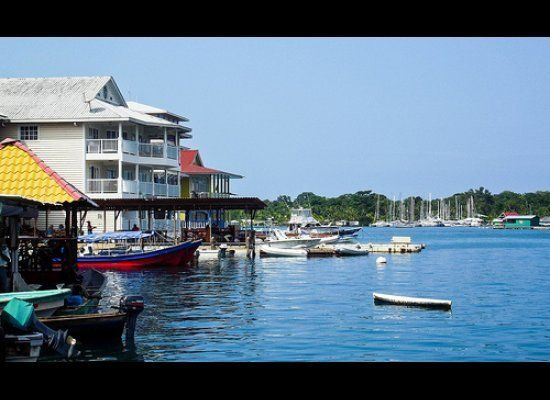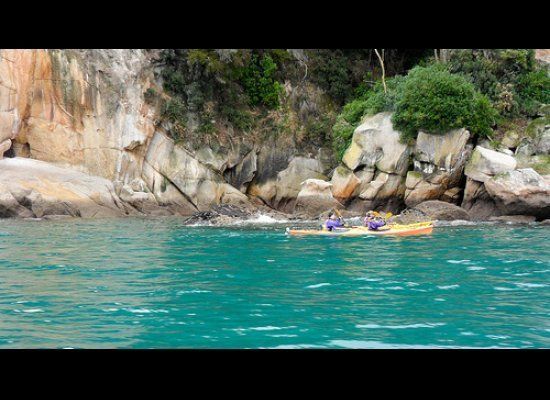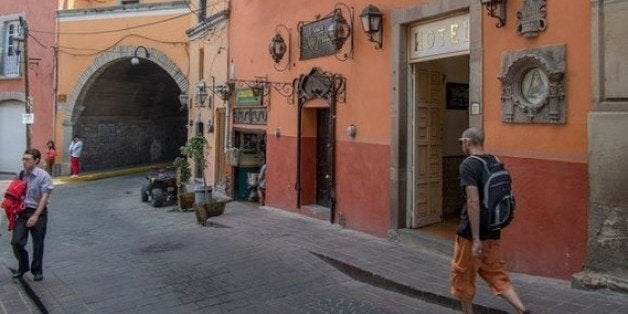
We recently read about Nellie Bly, a newspaper reporter for the Boston World who, in 1889, set out to circumnavigate the world and beat Jules Verne's fictional time of 80 days.
She packed everything for her around-the-world trip -- clothing, toiletries, sewing items, the tools of her journalistic trade, even her own drinking cup and flask -- in one leather grip case smaller than today's standard gym bag.
That's packing light.
We do a lot of our own traveling as we investigate and report on expat life around the world, and we meet a lot of other writers, travelers and life explorers out here as well. All of us have done the packing drill often enough to become specialists in our own ways.
And for some of the more obsessive-compulsive among us, it has also become a point of honor to be able to pack for weeks or even months on the road in a matter of minutes... And to do so, if not in a single leather grip sack like Nellie, at least in something that meets the carry on requirements of most modern airlines.
Nellie traveled by ship, coach and train. She packed light out of principle, not because she had to deal with baggage limits. Today, most world travel is via airlines that definitely have baggage limits. And as more airlines treat checked baggage as a revenue stream, they're actually starting to get serious about the one-bag-one-personal-item carry on rule.
The Followers of Bly welcome this. No checked bags. Ever.
Of course, flight regulations, gate attendants and in-flight staff can be capricious. And regional airlines can often operate smaller plans that hardly have room for a large purse or backpack, much less a regulation carryon-size suitcase. So occasional gate checks are inevitable.
However... it is still possible to travel most places in the world for most occasions for most lengths of time with just what will fit in a shoulder bag or backpack and a carry on-compliant suitcase by using Nellie Bly as your model.
Clothing: Nellie lived in an era when people often wore one good suit of clothing for three months at a time. So Nellie traveled with just what she wore... one blouse, one skirt, one overcoat and a ghillie cap (what we know now as Sherlock Holmes hat). Spare underwear, tennis blazer, dressing gown and slippers in the grip. We basically triple that... three outfits in light fabrics and complementary colors that can be mixed and matched if needed, plus a light jacket and hat worn most of the time. Modern fabrics pack lighter and smaller than wool and broadcloth, making this possible.
Toiletries: In her grip, Nellie packed a bar of soap, a jar of cold cream and some personal odds and ends. That's it. We have a hard time matching that, but we try by carrying toiletry bags that can only hold so much. And the airline restrictions on the size of liquid and cream containers help as well.
Tools of the Trade: As a modern journalist in the 1880s, Nellie carried some paper, a few pens and pencils and a bottle of ink. Our deadlines and research needs preclude handwriting our stories in local libraries and mailing them in. So we travel with laptops... essentially compact typewriters that double as mail delivery systems and research tools. These are usually the main contents of our shoulder bag or backpack. In fact, all the electronic gear that we now find indispensable, but Nellie had never even conceived of -- phones, cameras, tablets, etc -- goes in our shoulder bags/backpacks in case we do run into a gate check situation. Never check anything, even at the gate, that you couldn't stand to lose.
Extras: Nellie carried a sewing kit to repair her own clothes, a flask of booze and her own drinking cup. Times were simpler then. All of these are good ideas that, except perhaps for the cup, could cause delays and confiscations at today's airline security checkpoints. Our extras tend to be things like phone and camera chargers, electric outlet and voltage adaptors, earphones, spare glasses, a small pair of binoculars and the like... although one of us does tempt airline fate by packing a tiny hotel sewing kit in an obscure backpack pocket. Don't tell the TSA.
As we said, it's become a point of pride to be able to assemble these items quickly and be ready for the next trip in a matter of hours or minutes. Over our years of relocating, we've had to repeatedly make the cut between things we actually need to live and things that are simply things... nice to have around, perhaps, but not worth the effort to pack or ship to the next destination. This has helped us over the years to trim our travel kits... and our life kits... down to the essentials.
We figure the space we save by leaving out the non-essentials in our suitcases -- and in our home -- is the space we fill with adventures and memories. We imagine Nellie Bly feeling the same way.
Related Articles:
Blogging Her Way Around Italy...Jordan...Iceland...
Jen And Greg Retired In Their 40s - Thanks To A Simpler Life In Costa Rica
Retire On A Sailboat - From Just $1,000 A Month
